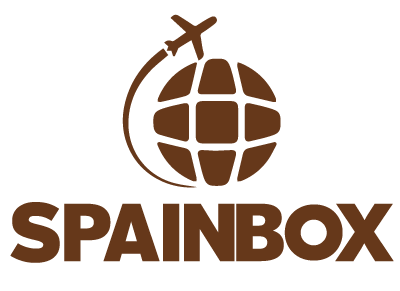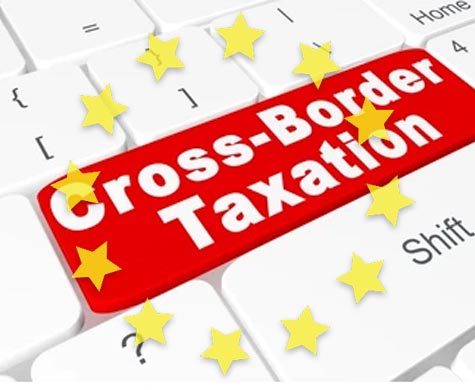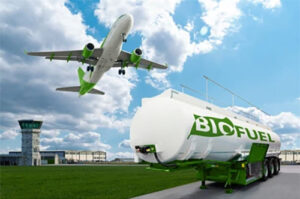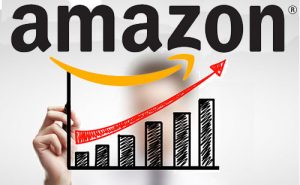Who is affected about thi?
From online merchants and marketplaces/platforms both inside and outside the EU, through postal operators and couriers, customs and tax agencies, and consumers, everyone in the e-commerce supply chain is affected.
So, what’s new?
The VAT regulations for cross-border business-to-consumer (B2C) e-commerce activity will change on July 1, 2021. The aim for these modifications is to remove obstacles to cross-border internet sales and to solve problems posed by VAT regimes for distance sales of products and low-value consignment importation.
The following are the most significant changes:
[row ]
[col span=”1/2″ ]
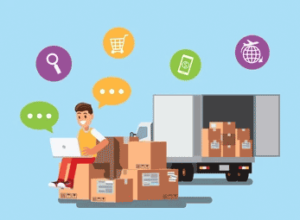
[divider]
Online sellers, including online marketplaces/platforms, can register in a single EU Member State, which will be used to declare and pay VAT on all distance sales of products and cross-border services to EU clients.
[/col]
[col span=”1/2″ ]
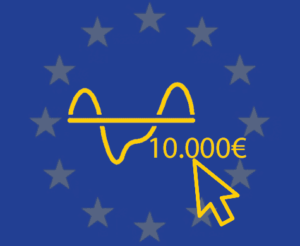
[divider]
Existing EU-wide thresholds for distance sales of products will be eliminated, and a new EU-wide barrier of EUR 10,000 will be implemented. TBE (telecommunications, broadcasting, and electronic) services and distance sales of products inside the EU may continue to be liable to VAT in the Member State where the taxable person is based below this EUR 10 000 level.
[/col]
[/row]
[row ]
[col span=”1/2″ ]
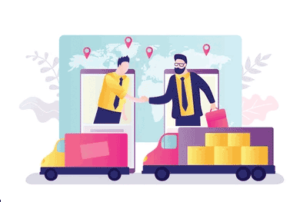
[divider]
Special rules have been implemented under which online marketplaces/platforms that facilitate the supply of goods are assumed to have received and provided the items themselves for VAT purposes (“deemed supplier”).
[/col]
[col span=”1/2″ ]
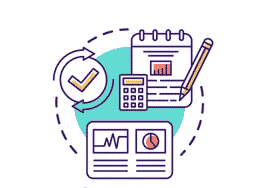
[divider]
Furthermore, additional record-keeping obligations for online marketplaces/platforms that facilitate the supply of goods and services, particularly when such online marketplaces/platforms are not deemed suppliers, are implemented. If you are an amazon seller you can find this report easily from seller central: Reports -> Amazon Fulfillment Reports -> Sales -> Amazon Fulfilled Shipments
Where you can find this report with this columns:
amazon-order-id, merchant-order-id, shipment-id shipment-item-id, amazon-order-item-id, merchant-order-item-id, purchase-date, payments-date, shipment-date, reporting-date, buyer-email, buyer-name, buyer-phone-number, sku, product-name, quantity-shipped, currency, item-price, item-tax, shipping-price, shipping-tax, gift-wrap-price, gift-wrap-tax, ship-service-level, recipient-name, ship-address-1, ship-address-2, ship-address-3, ship-city, ship-state, ship-postal-code, ship-country, ship-phone-number, bill-address-1, bill-address-2, bill-address-3, bill-city, bill-state, bill-postal-code, bill-country, item-promotion-discount, ship-promotion-discount, carrier, tracking-number, estimated-arrival-date, fulfillment-center-id, fulfillment-channel, sales-channel
You can see that fulfillment-center-id indicate the amazon fulfillment center codes where your order has been shipped, including the rest of sale transaction information.
[/col]
[/row]
[row ]
[col span=”1/2″ ]
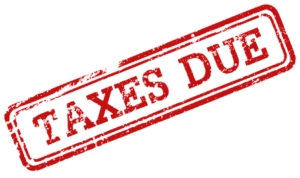
[divider]
The VAT exemption for minor consignments with a value of up to EUR 22 will be eliminated from 1th July. As a result, VAT will now apply to all products imported into the EU.
However, assistance is on the way! There will be a new special program for distance sales of low-cost items imported from third-party territories or nations. The Import One Stop Shop (IOSS) was established to make the VAT declaration and payment process easier.
[/col]
[col span=”1/2″ ]
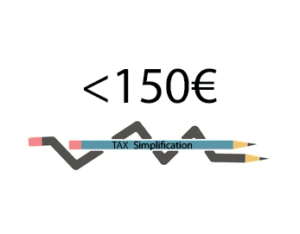
[divider]
Finally, if the IOSS is not utilized, simplification measures for distance sales of imported products in consignments of less than EUR 150 will be implemented (special arrangements).
[/col]
[/row]
Which transactions are affected by the new changes?
- Suppliers or considered suppliers conduct distance sales of products within the EU.
- Domestic sales of goods by deemed suppliers;
- Services provided to EU customers by EU and non-EU vendors;
- Suppliers and considered suppliers conduct distance sales of products imported from third territories or third countries, with the exception of commodities subject to excise charges
The advantages are numerous and varied:
Consumers will like to know that when purchasing products online from outside or inside the EU, the VAT rate is the same as when purchasing goods in their own country – the new regulations ensure that VAT is paid where things are consumed.
EU businesses will be able to grow in a simpler, fairer environment and overcome barriers to cross-border online sales – the European Digital Single Market aims to make technology work for people in a fair and competitive digital economy; EU citizens will see an increase in public revenues – all Member States will benefit from increased VAT payments and reduced VAT fraud.
On 1 July 2021, the EU-wide VAT reform for e-commerce will come into force. The main new feature is that traders above the threshold of 10,000 euros net for total foreign sales within the EU will have to apply the sales tax rate of the destination country. As long as this threshold is not exceeded, the domestic VAT of the sender can be calculated.
Frequently asked questions about How to correctly tax products in my online shop
To which products does the new delivery threshold apply?
The new delivery threshold of €10,000 (net) uniform applies to all intra-EU distance sales, i.e. all cross-border deliveries within the EU to final consumers. This also includes digital services, such as downloadable products. The new rules also apply to sales via online marketplaces and product platforms, for example.
For special structures, such as the Amazon PAN EU programme or other foreign fulfilment centres, there are special features of the tax legislation. Find out more about this from the relevant provider.
What happens if the delivery threshold is exceeded?
If the delivery threshold of 10,000 euros (net) is exceeded, all cross-border transactions within one year must be processed in accordance with the regulations and tax rates of the receiving destinations. It should be explicitly stated here that this procedure also applies to deliveries to EU countries that have not exceeded the delivery threshold individually: the delivery threshold applies to the aggregated turnover of all EU countries together.
How can I pay my taxes under the new rules?
To avoid complicating the payment of VAT in several countries, your country of residence will provide a One-Stop-Shop (OSS) for traders. With this system, you can continue to pay all turnover taxes (distance sales, other services to final customers, if applicable via interfaces) centrally in your country of residence without having to register in other EU countries. This procedure is possible immediately as of 1 July 2021.
The procedure in the OSS is as follows:
1. Traders who are already registered in the Mini One Stop Shop (MOSS) cannot automatically participate in the OSS procedure (see below). This depends on their country of residence. Each EU Member State offers a portal where you can register. You can find more information here.
2. If you exceed the delivery threshold, the taxes to be paid will be calculated and paid according to the tax rates applicable in the respective EU countries.
3. The information is checked and the tax amounts due are sent.
How can I pay tax on my goods if I am below the delivery threshold?
If the delivery threshold is not exceeded, invoicing is taxed as usual and by default at the local national tax rates. Alternatively, if you want to report your sales through the OSS, please note that the tax rates of the receiving destinations must always be reported through the OSS for sales to other EU countries. Consult your tax advisor for the appropriate procedure in each case.
Which procedure should I use if I have been using the Mini One-Stop-Shop (MOSS) so far?
Some traders are already familiar with the MOSS procedure, which used to apply to electronically supplied services, such as downloadable products, but also to telecommunications, radio and television services. This procedure could only be used by traders who had neither a registered office nor a permanent establishment. From 01.07.2021, the existing MOSS procedure can be integrated into the OSS procedure, which means that MOSS will no longer apply and you will only use the OSS procedure to declare and pay your VAT. This depends on your country of residence.
Can I combine OSS and local registrations abroad?
If you are above the supply threshold, accounting through OSS is not mandatory. It is simply an offer to register your VAT as a package. Alternatively, you can register for tax locally in the respective recipient countries. However, you must choose one of the methods. If necessary, consult your tax advisor for the appropriate procedure.
